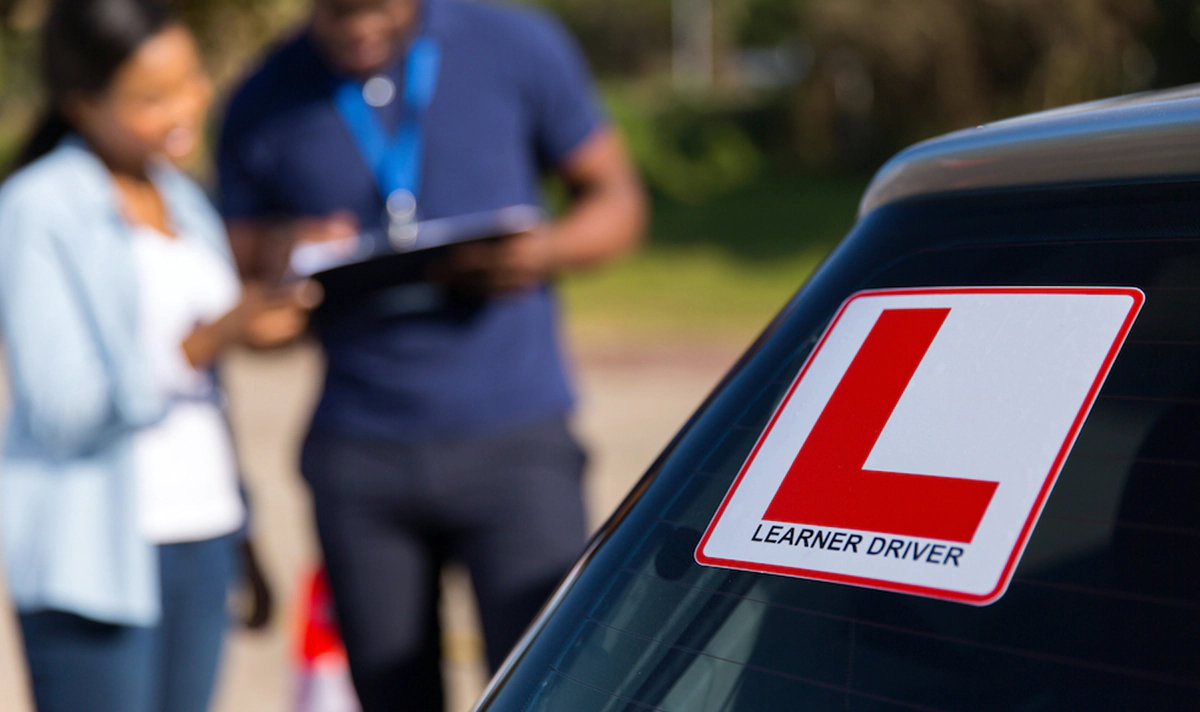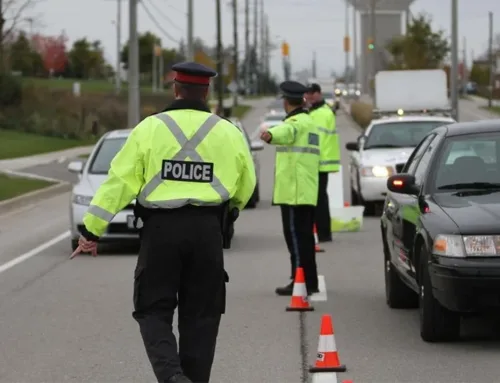Starting the journey as a novice driver in Ontario can be both exciting and challenging. Each stage in the licensing process presents new opportunities to learn and refine driving techniques. Ontario has specific rules that individuals must follow to achieve and maintain a valid license. Below is a comprehensive guide that covers essential information about licensing tiers, traffic regulations, and advice for staying safe on the road.
Who Is Considered a Novice Driver in Ontario?
A novice driver is generally anyone who holds a G1 or G2 license under the Graduated Licensing System (GLS). Under this system, individuals progress in stages before becoming fully licensed drivers. While the term “novice” often evokes the idea of complete inexperience, it technically applies to anyone who has yet to earn a full G-class license in the province.
- G1 License: The first stage, which typically involves passing a written knowledge test. Drivers at this level must adhere to strict supervision rules.
- G2 License: The second stage, acquired by successfully passing a practical road test. Although G2 license holders have more driving privileges, they still face certain restrictions.
The province sets these restrictions to ensure novice drivers in Ontario gradually accumulate the skills and judgment needed to drive safely. Keeping these rules in mind helps new drivers avoid unnecessary penalties or tickets, many of which can lead to lengthy delays in the licensing process.
Road Rules for Novice Drivers in Ontario
Understanding the road rules for novice drivers in Ontario is vital for a smooth and safe learning experience. While many general traffic laws apply to all drivers, there are specific regulations that target beginner drivers in Ontario:
- Zero Blood Alcohol Concentration (BAC)
Novice license holders must maintain a 0% BAC at all times when operating a vehicle. Even a small amount of alcohol can lead to severe penalties. - Mandatory Supervision
G1 drivers are required to have a qualified driver with them. This supervisor must be licensed to operate in Ontario and have at least four years of driving experience. - Passenger Restrictions
Depending on the time of day and the driver’s age, G2 license holders may be limited in the number of passengers they can transport in the first few months of having their license. - Demerit Points System
New drivers face lower tolerance for traffic violations. Fewer accumulated demerit points are required for license suspensions at the G1 or G2 level than for fully licensed drivers.
Being aware of these driving rules for new drivers in Ontario can prevent common missteps that result in fines, suspensions, or postponed licensing.
Ontario Driving Tips for Beginners
Safe driving requires more than just knowing the rules—it demands consistent, mindful application of best practices. Below are Ontario’s driving tips for beginners to build confidence and stay safe:
- Choose Optimal Practice Locations
Start practicing in low-traffic areas. Gradually move to busier roads as comfort and skill grow. - Focus on Defensive Driving
Always anticipate what other drivers might do. Maintain a safe distance from the car ahead, and be prepared to react to sudden lane changes or stops. - Use Technology Wisely
Mobile apps and navigation tools can assist in route planning, but avoid constant glances at your phone. Distracted driving laws are strictly enforced, especially for new drivers. - Keep Emotions in Check
Road rage or impatience can lead to impulsive decisions. Practice self-control to reduce the risk of collisions.
By consistently applying these driving tips for beginners, you can develop positive habits that carry through all stages of licensing.
Common Challenges for Beginner Drivers in Ontario
Beginner drivers in Ontario often encounter difficulties that may feel overwhelming at first. Recognizing these challenges and proactively seeking solutions can ease the transition from a new license holder to a confident road user.
- Navigating Busy Intersections
Large intersections can be stressful for new drivers. Complex signal systems and unprotected turns can increase anxiety. - Adverse Weather Conditions
Ontario’s climate includes harsh winters and sudden storms. Slippery roads and reduced visibility require greater caution and skill. - Parking and Tight Maneuvers
Parallel parking, reversing into small spaces, or navigating narrow streets can be intimidating without prior experience. - Highway Driving
Merging onto 400-series highways at high speeds is a common stumbling block for individuals not used to the fast-paced flow of highway traffic. - Dealing With Traffic Violations
In some cases, novices may face speeding tickets or other infractions. License suspensions can occur much more easily during the G1 and G2 stages, which is why thorough knowledge of the road rules for novice drivers in Ontario is crucial.
If a new driver encounters serious tickets or penalties, it may be beneficial to explore professional assistance. For instance, visiting Novice Driver Violations can provide more insight into the common infractions that novices face and how to handle them.
How to Improve Driving Skills as a Novice Driver
Improvement in driving skills is a gradual process. Following proper guidance can help novice drivers in Ontario become safer and more confident behind the wheel.
- Practice Regularly
Consistency is key. Short, frequent practice sessions in varied settings—rural roads, urban areas, and highways—offer exposure to diverse driving situations. - Enroll in Accredited Driving Courses
While not mandatory in all cases, accredited courses can reduce insurance costs and equip you with structured training in real-world conditions. - Keep Up With Vehicle Maintenance
An unexpected mechanical failure can be a major setback for novices. Regular inspections of brakes, tires, lights, and fluid levels help ensure a safe ride. - Document Progress and Weak Spots
Maintain a log of your experiences. Note down maneuvers that require additional work, such as parallel parking or lane changes during rush hour. - Seek Guidance From Seasoned Drivers
Constructive feedback from family or friends with clean records can be a valuable supplement to official courses.
Implementing these methods can steadily improve your proficiency. However, legal concerns or licensing delays sometimes arise for new drivers. In those situations, contacting Traffic Paralegal Services can provide reliable assistance and clarity.
Conclusion
Starting out as a novice driver involves more than just reading a manual or passing a test. It requires adherence to driving rules for new drivers, consistent practice, and a proactive approach to learning. By applying the driving tips for beginners shared above, novice motorists can develop the habits needed to navigate busy streets and highways across the province. Ontario has implemented a system designed to refine drivers’ skills in stages, ensuring that each license level offers valuable learning experiences. With patience and diligence, new drivers can graduate from G1 to G2, and finally to a full G-class license, all while maintaining a safe and enjoyable journey on the roads.









Leave A Comment
You must be logged in to post a comment.